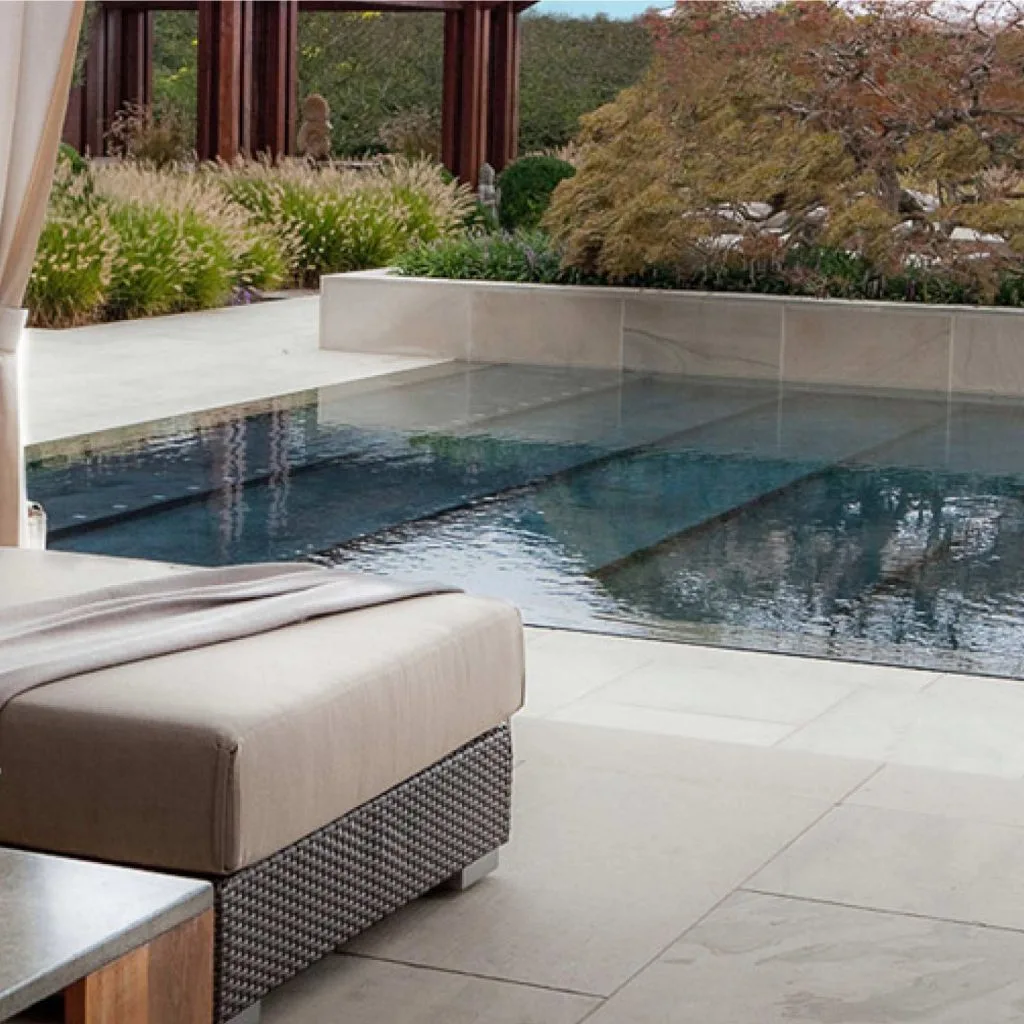There is a sharp growth in designing attractive, timeless structures that are also environmentally sustainable. With so many materials and design alternatives available to choose from, natural stone stands out as the ideal solution. It meets all your demands while also improving the sustainability of your house. Natural stone when taken from reputed natural stone manufacturers is adaptable enough to meet your needs. These could be long-term aesthetic, performance, and economic goals for both the outside and inside of your home.

Sustainable design focuses on enhancing the efficiency of resource consumption — energy, water, and materials. This is done while lowering the impact of a building on human health and the environment over its life cycle. Environmentally friendly building design and construction need significant consideration and preparation at the commencement of the project. However, the benefits of the green building greatly surpass the time and money invested.
Natural Stone and Enviornmentfriendliness
Environmentally friendly building design and construction need significant consideration and preparation at the commencement of the project. However, the benefits of the green building greatly surpass the time and money invested.
Natural stone is a long-lasting construction material. This chapter discusses its properties, with an emphasis on masonry durability. The environmental impact of its use is investigated, as are the more far-reaching aspects of sustainability. The significance of stone in heritage and modern contexts is distinguished, and efficient build designs that maximize stone’s sustainability credentials are suggested.
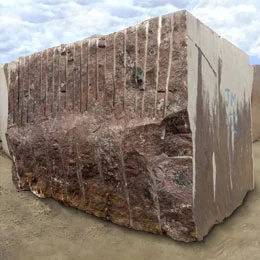
Here are some of the topmost reasons why natural stone is a sustainable choice among architects.
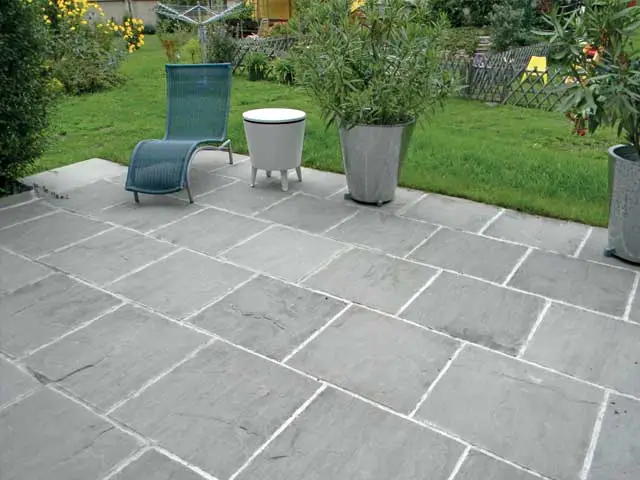
A natural origin
Stone is the first green construction material and a natural product of the Earth. It does not require any additional materials or resources to be created. There is a plentiful supply of various veining, textures, colors, forms, and technical features that allow the stone to be employed in a variety of applications. The varied look of stone is the consequence of geologic alteration and mineral composition over millions of years.
Because natural stone contains no dangerous chemicals or pollutants, you can be confident that your interior atmosphere will be healthy, which is an important component of sustainable design. Stone is also accessible in the region and locally. Regionally created and harvested materials have a lower environmental effect since they emit fewer greenhouse gases during transit. Fortunately for ecologically-minded consumers, stone quarry sites may be found within 500 miles of practically any construction site in the United States and Canada.
It needs no heavy maintenance
Stone will survive for years if properly cared for and will reward you with its beauty. Natural stone can have a variety of construction choices and finishes that can improve its performance, such as prolonging its life, resisting weather and wear and tear, or making the stone more slip-resistant. Most stones may be cleaned simply with water and mild dish soap. There are additional cleansers designed particularly for natural stones that are inexpensive and simple to use for natural stone manufacturers. Many of these cleaners have been certified to satisfy sustainability criteria, which means they are free of dangerous chemicals and will not contaminate the environment.
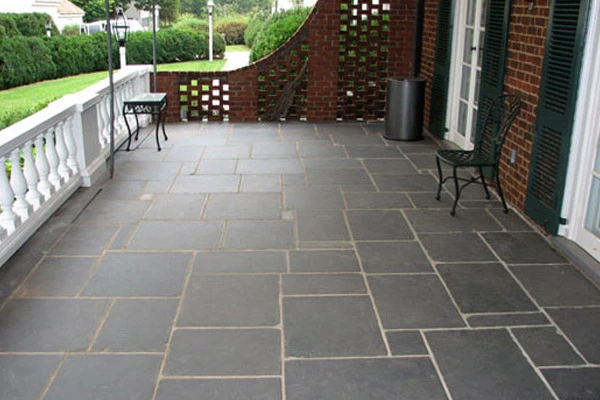
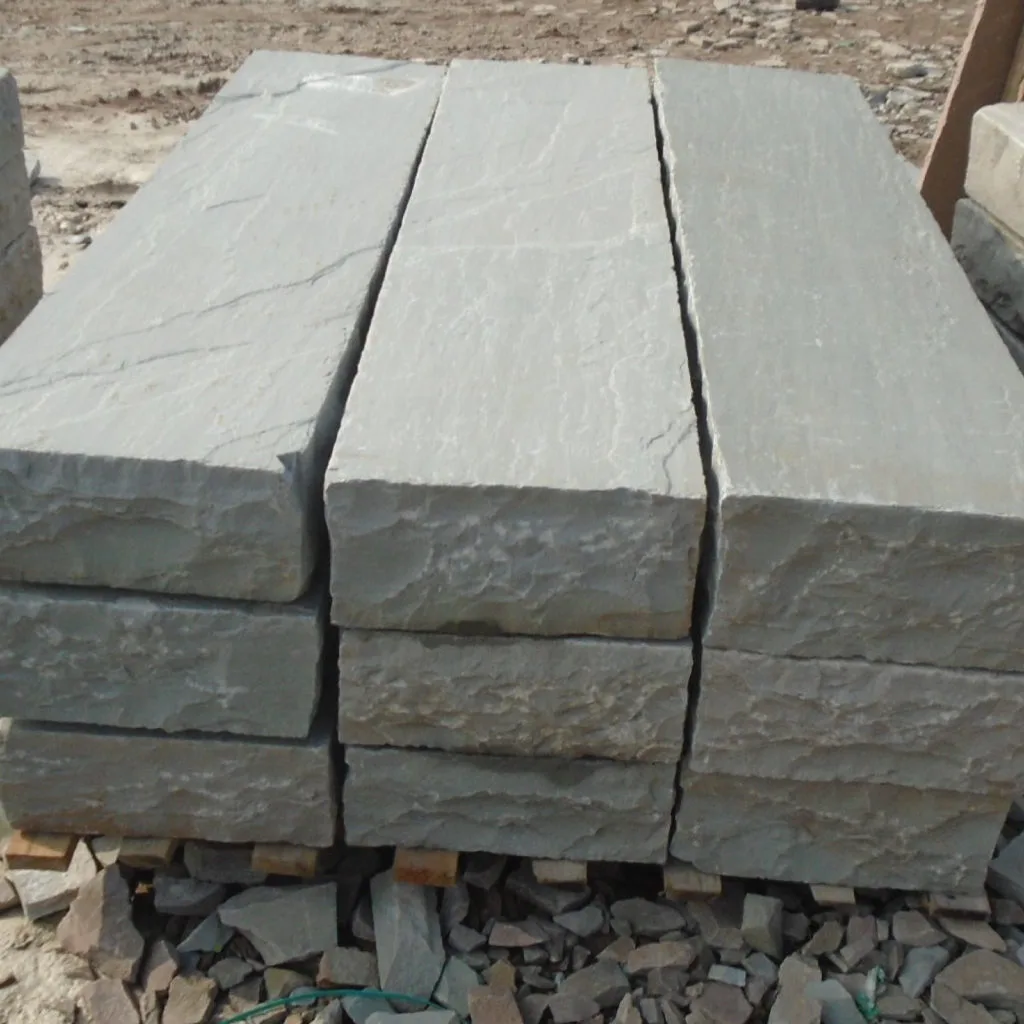
Natural stone is durable
Stone is durable, which means that using natural stone will increase the value of your property while lowering the need to replace materials over a longer period of time. Slate, limestone, travertine, and granite all age gently and attractively, offering years of use and delight. Stone can withstand heavy activity and may be used in places such as courtyards, foyers, kitchens, and bathrooms, and it can be constructed to survive for 50 or even 100 years. Durability is especially crucial when choosing sustainable materials since it reduces the number of resources necessary to generate new materials.
Consider the life-cycle cost of materials when comparing them. Even if the stone is more expensive at first, it will more than pay for itself and save money in the long run. This is when compared to other materials that must be fixed or replaced regularly.
It can be recycled
Stone is totally recyclable and has the capacity to fulfill a wide range of applications and functions throughout its existence. Salvaging and recycling stone is a highly practical solution and a sustainable technique used by natural stone manufacturers to ensure that the material’s usable life is maximized.
Environmentally, using recycled stone can remove the energy, water, and other resources required to create new items from raw materials. Therefore, it decreases or eliminates its effects on ecosystems and resource supplies.
There are several possible applications and uses for recycled and recovered stone. A historic stone structure, for example, can be dismantled and the stone reformed or polished for use as paving materials, retaining walls, or an outside façade. Small flat stones that have been recycled and deliberately planned can be used to make a mosaic floor or wall pattern. Stone shards can also be glued together to form a whole new design or look. These materials may also give a home a feeling of antiquity or nostalgia.
